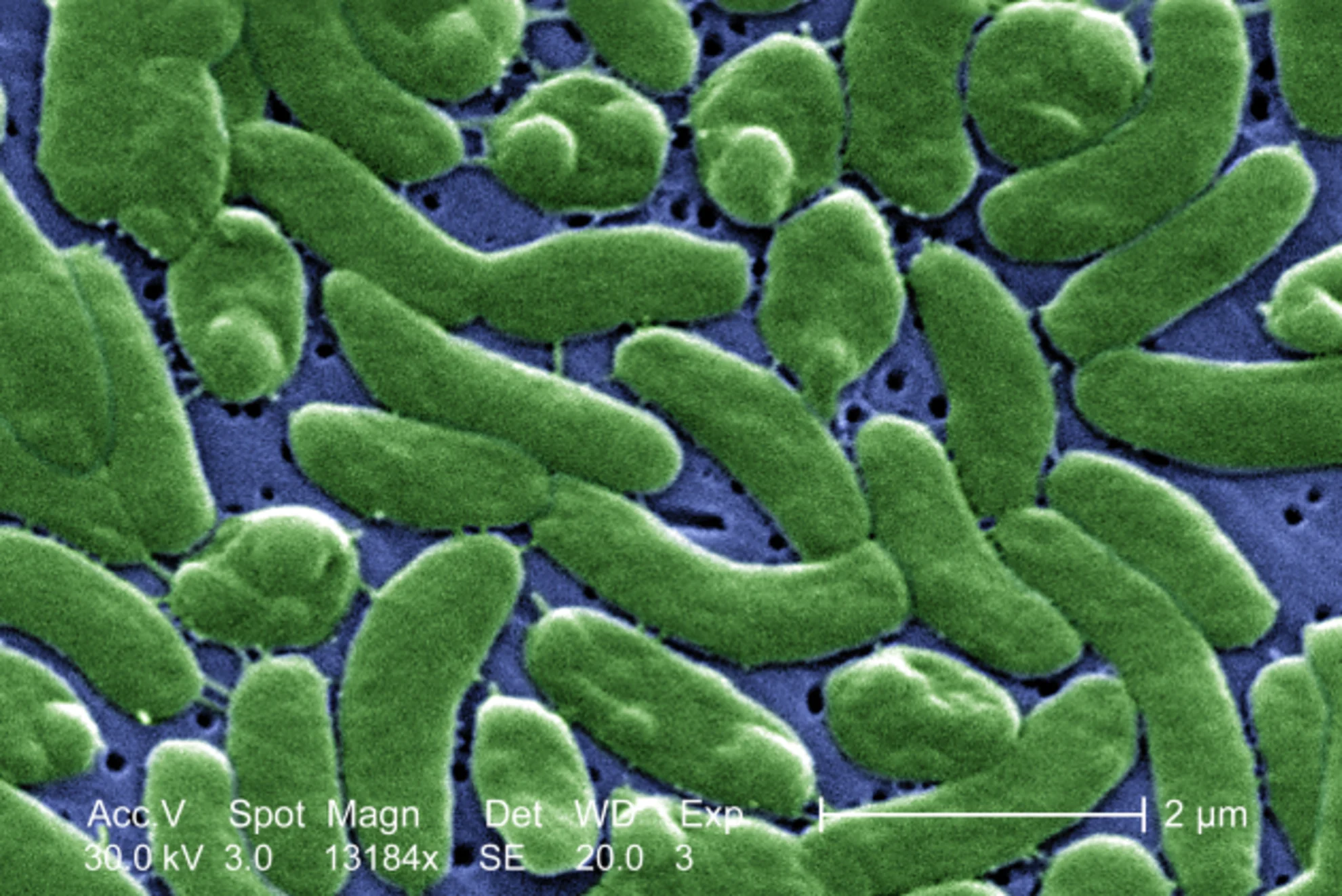
Florida reports 11 cases, 4 deaths from flesh-eating disease
V. vulnificus infections are most prevalent during summer, when warmer water temperatures help the bacteria flourish.
Florida has reported 11 infections and four deaths from Vibrio vulnificus, also known as the flesh-eating disease, in 2025.
V. vulnificus infections are most prevalent during summer, when warmer water temperatures help the bacteria flourish.
The risk of infection is even higher following a storm in coastal regions like Florida, because storm surge can help the bacteria spread.
How do flesh-eating infections occur?
Individuals can become infected through open wounds exposed to contaminated water or by consuming undercooked seafood.
Higher-risk individuals include people with compromised immune systems, those with liver disease, or anyone with an open wound. Health officials urge people to avoid swimming or wading in floodwaters.
If any signs of infection appear, seek immediate medical attention.
Hurricanes, heatwaves cause unusual spike in cases
In 2024, Hurricanes Helene and Milton brought heavy rain and storm surge to the region, causing an unusual spike in V. vulnificus infections.
The storms caused saltwater and freshwater to mix, creating an abundance of the warm, brackish saltwater V. vulnificus thrives in.
By the end of the year, 82 infections and 19 deaths were recorded.
In the summer of 2023, a heatwave and elevated sea surface temperatures caused 11 cases of severe flesh-eating infections in North Carolina, Connecticut, and New York. Five people died.
Header image: File photo of V. vulnificus under a microscope (CDC/Wikipedia). Public domain.
